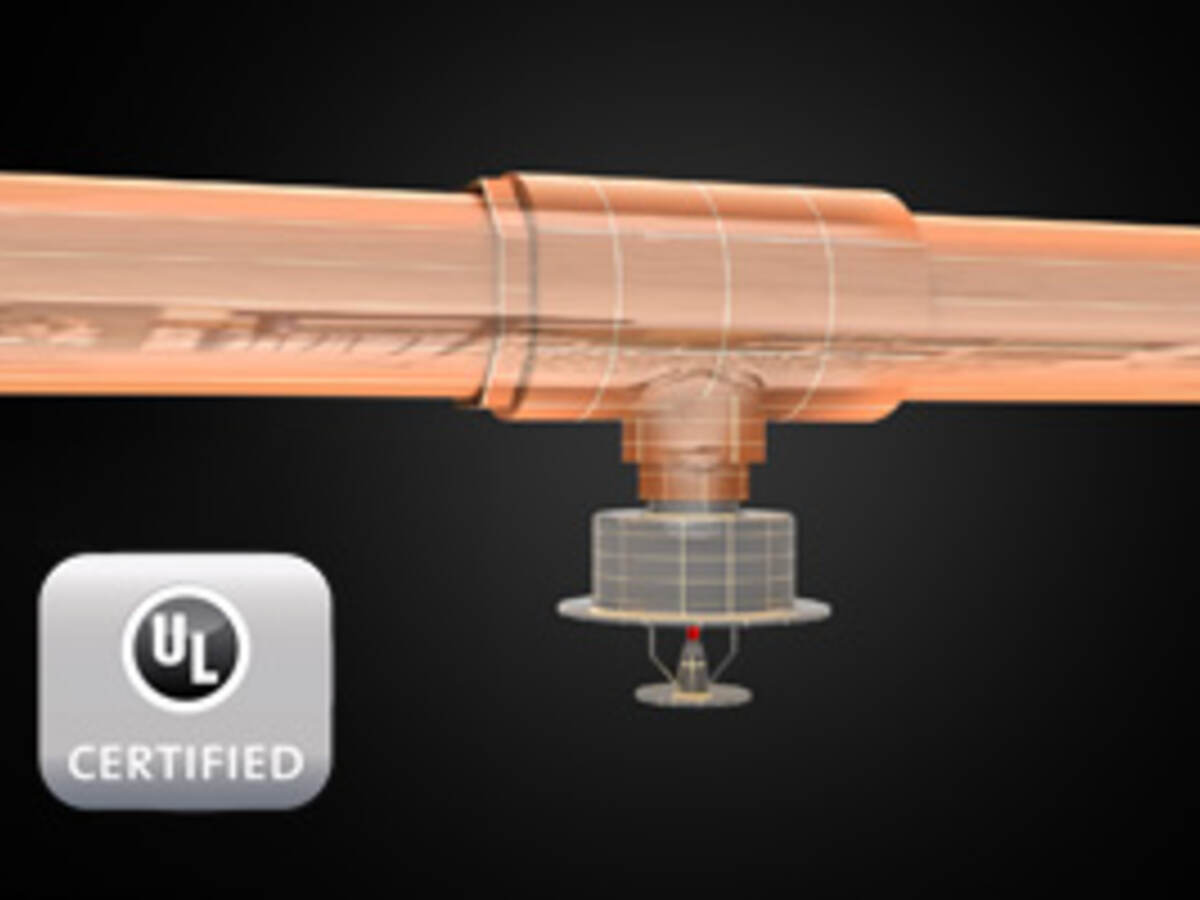February 14, 2019
Background
Historically, antifreeze solutions have been used in fire sprinkler systems for decades when a system or a portion of the system is subject to freezing. The National Fire Protection Association (NFPA) fire sprinkler standards describe the limitations associated with using antifreeze solutions in sprinkler systems. In 2009, there was a report of an incident in which an antifreeze solution that discharged from a sprinkler system may have ignited when exposed to a fire in a residential facility.
When alerted to this potential public safety hazard, UL leveraged our unique expertise and research resources to assist NFPA to better understand whether certain concentrations of antifreeze in sprinkler systems could, in fact, contribute to a fire or create a hazardous condition when the solution was discharged. Our research concluded that certain concentrations of antifreeze will actually intensify a fire.
Based upon our extensive research, NFPA enacted emergency changes to its installation standards to prevent injury, loss of life and property damage. The current editions of NFPA 13, 13R and 13D generally require the use of listed antifreeze solutions for newly installed sprinkler systems. In addition, NFPA 25 requires that glycerine and propylene glycol antifreeze solutions currently used in installed sprinkler systems be replaced with a listed antifreeze solution by September 30, 2022.
Certification Requirements Developed
UL published the first version of UL 2901, the Outline of Investigation for Antifreeze Solutions for Use in Fire Sprinkler Systems in December 2013. The scope of UL 2901 covers antifreeze solutions for use in wet-pipe sprinkler systems subject to freezing. The requirements were developed to evaluate products for use in accordance with the following safety standards:
• NFPA 13, Installation of Sprinkler Systems
• NFPA 13R, Installation of Sprinkler Systems in Low-Rise Residential Occupancies
• NFPA 13D, Installation of Sprinkler Systems in One- and Two-Family Dwellings and Manufactured Homes
These fire sprinkler systems are intended to be inspected, tested and maintained in accordance with NFPA 25, Inspection, Testing, and Maintenance of Water-Based Fire Protection Systems.
In establishing certification requirements for antifreeze solutions, UL addressed several potential concerns regarding the use of antifreeze beyond potential ignition. UL 2901 includes requirements for the solution that address its stability, effects when exposed to certain materials associated with sprinkler systems, human health and environmental impact, fire performance, hydraulic characteristics, and marking and installation specifications.
Version 2 of UL 2901 published on November 15, 2018, included updates and revisions based on UL’s continued work with the test methods over the previous five years. Consistent with the current NFPA requirements, UL 2901 requires antifreeze solutions to be pre-mixed at the manufacturing site and they are not intended to be diluted or mixed in the field.
UL Certified Products
We recently issued the first UL certification for an antifreeze solution complying with the requirements of UL 2901. Our certification to UL 2901 addresses the key elements of the requirement for “listed” as defined in the NFPA standards. Products currently UL Certified can be found under Category VDUV - Antifreeze Solutions for Use in Fire Sprinkler Systems.
Information on the first UL 2901 certified antifreeze solution by Tyco LFP Antifreeze, manufactured by Johnson Controls can be found here.
Note the two links above point to the new UL Product iQ® Database that replaces the UL Online Certifications Directory. Access is free, however, a user needs to create an account.
More information about Product iQ can be found in this article, UL Product iQ: The next generation directory.
UL Certified antifreeze solutions have use limitations that vary between manufacturers. It is important to closely review these use limitations to determine if a certified antifreeze solution is appropriate for a specific application.
The UL Certification Mark will be found on the smallest unit container in which the product is packaged, with or without the UL symbol on the product. This is the only method we provided to identify products manufactured under our Certification and Follow-Up Service. The Certification Mark for these products includes the UL symbol, the words "CERTIFIED" and "SAFETY," geographic identifier(s), and a unique identifier/file number.
For more information related to these products or their listing please contact Jeff Hebenstreit at Jeffrey.R.Hebenstreit@ul.com.
Authors:
Jeff Hebenstreit
Principal Engineer
Fire Suppression Products
Jonathan Roberts
Lead Regulatory Engineer
Building and Life Safety Technologies

